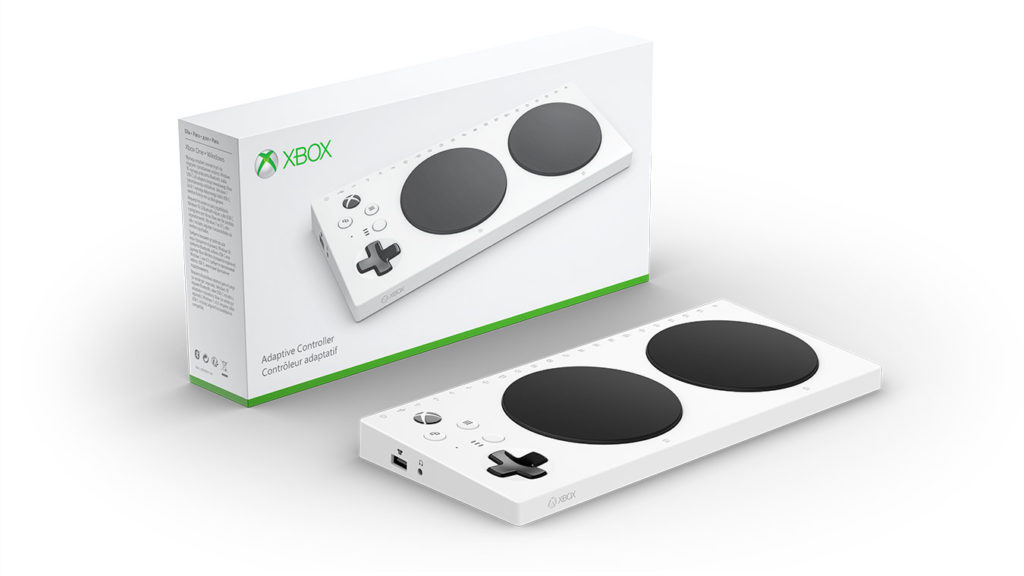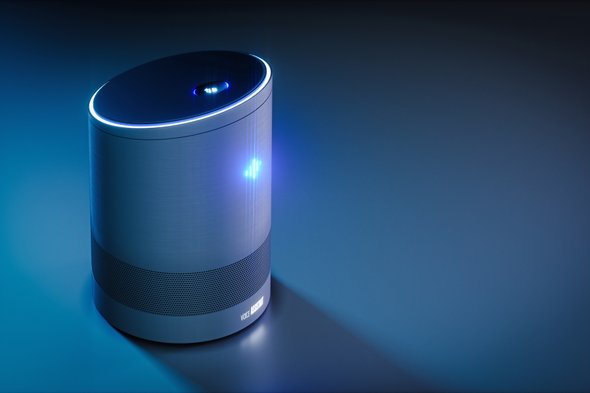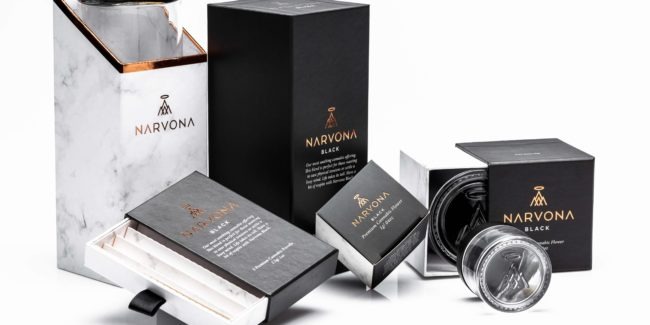Ac·ces·si·bil·i·ty
Noun
The quality of being easy to obtain or use.
Truly accessible design considers all. It includes everyone. At every ability level. Accessibility takes into account visual, motor, hearing or cognitive disabilities. It also considers the needs of the elderly, those with a temporary disability, and the able-bodied. When design meets true accessibility, it can greatly improve quality of life for an end user.
As business owners, marketers, web developers, product manufacturers, graphic designers, we should consider how people of all ability levels will interact with what we create.
Accessible Design in Cannabis
At a time when access to cannabis is new to many, it’s critically important that cannabis packaging and products are designed with accessibility in mind.
Cannabis is a crucial, and at times life-saving, medicine in the lives of people who have a disability. Whether it be to ease joint pain, to stop seizures or shaking, or to help with muscle stiffness, people rely on cannabis to maintain a lifestyle with fewer interruptions. However, with strict child-resistant packaging laws, cannabis packaging may be alienating to the very consumers it aims to serve. Is it possible to adhere to these strict laws and still take into account the varying physical and sensory capabilities of users?
Some mainstream companies have started paying attention to these needs. They work with organizations to develop products that can be utilized by a variety of users. These initiatives of inclusivity and accessibility through product and packaging design have lead to massive up-ticks in business and customer satisfaction. And the cannabis industry could learn from their example!
Microsoft Leads on Accessible Design with its Adaptive Controller
Recently, Microsoft is celebrated for its efforts towards inclusivity. Together, with the help of The Cerebral Palsy Foundation, The AbleGamers Charity, SpecialEffect, Warfighter Engaged, and Microsoft developed and tested an adaptive controller for Xbox. It can be customized with a number of different control inputs, which are plugged into the rear of the product. This modified controller features two large pads that act as the A and B buttons, which allow those who may not be able to utilize the standard controller to play alongside other gamers.

The adaptive controller is more than a piece of equipment. It’s accessible design allows kids and adults to engage with their friends and online communities, creating inclusivity and connection. Microsoft went one step further by creating an easy-to-open, scissor-free box with long pull-tabs for a great unboxing experience.
By considering the design of both the product and it’s packaging, businesses have the opportunity to win the hearts and loyalty of deserving consumers.
How Voice Command Powers Accessibility
One simple, but often overlooked feature that has the potential to impact a large number of people is voice command or no-touch features.

Products like Alexa have the ability to impact the daily life of the end user with voice command technology. They come equipped with customizable features for customers with accessibility needs related to vision, hearing, mobility, and speech. For instance, for people who suffer from crippling arthritis, dyslexia, or visual impairment, voice dictation may allow them to communicate with the world without the need to utilize a keyboard. Saving them from pain, frustration, and wasting precious time. Voice commands are also extremely useful for individuals who have issues with dexterity or limited mobility.
Is Your Web Design Accesibility-Friendly?
One area where accessibility is often overlooked is web design. If you run a website for your business, have you checked to see if your website meets online accessibility guidelines? Utilizing difficult to read colors or fonts puts you at risk of inaccessibility for those with visual impairments. With the free Web Accessibility tool, you can enter your URL to determine if you are in compliance with online accessibility guidelines and best practices.
Friendly Packaging Design For All
Is your product packaging preventing your consumer from opening and utilizing your product? Although there may be strict child-resistant packaging requirements, this may not necessarily mean the packaging needs to require excessive downward force or high levels of dexterity to open.
With careful planning, engineering, and creativity, you have the potential to create a product accessible to those who need it. Products like The Arm Use Basin, or the sink glass cleaner brush allow those with limited mobility in their limbs to use these products on their own.
When we design universally, everyone wins.



